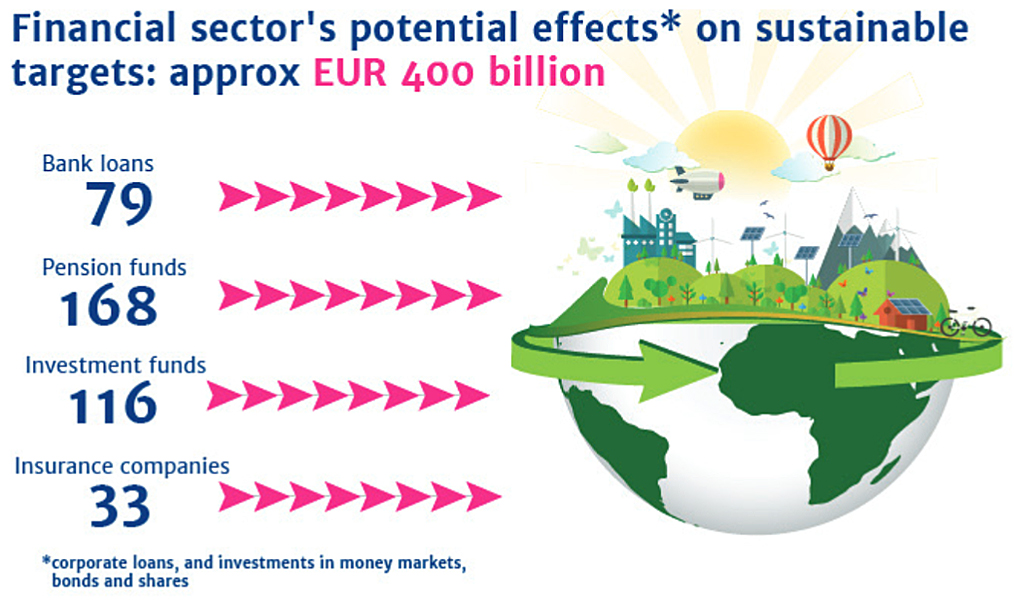
Finance Finland (FFI) and its member companies have created a reporting framework to monitor climate work in the financial sector. Companies can use it to describe their actions in mitigating climate change and to increase the transparency of their work. To help track results over several years, the framework includes climate indicators. Companies can independently choose how they apply these indicators.
The climate indicators carry out one of FFI’s four commitments to sustainable development. In February 2017, the FFI Board agreed to support actions that aim to limit global warming to below two degrees Celsius, in line with the Paris Climate Agreement.
”Many of our members have well-developed sustainability agendas, and mitigating climate change is already an important part of them. With the introduction of the indicators, however, it will be easier to compare the climate work across companies and to shed more light on corporate responsibility in general”, says Piia-Noora Kauppi, Managing Director at FFI.
Climate indicators on investing and lending fall under four categories: governance, strategy, risk management, and metrics and targets.
- Governance indicators describe the company’s decision-making and internal processes related to climate change.
- Strategy indicators allow companies to provide a general overview of how their investment strategy accounts for climate change. The investment strategy directly determines the actions that are supported through investments. Through their investment strategy, many companies can also influence their shareholder companies and steer their operations into a better direction.
- Climate change requires a new approach to risk management. Extreme weather conditions may cause unexpected changes in asset values and result in business operations plummeting very quickly. Changes that take place in the adaptation period, usually in legislation, can also pose risks to investments.
- Metrics and targets make climate work more concrete and easier to monitor. They can be used, for example, to visualise the climate impact of investments or to steer investments in the long term.

The framework also includes indicators for payment systems. These are used to monitor, for example, the digitalisation of payment services and the increase in the use of electronic documents. In fact, as many as 92% of Finns already pay their invoices online.
The absolute effects of loss prevention cannot be calculated; instead, the impact estimate must be based on the repetition of correctly evaluated measures. For example, fires in Finland release approximately 50 million kilos of CO2 every year, so loss prevention is an important part of climate action.
FFI’s previous three commitments are the automation of financial data, the merging of the registration and insurance of vehicles, and the digitalisation of health records.
Full report: Financial sector increases transparency in its climate work